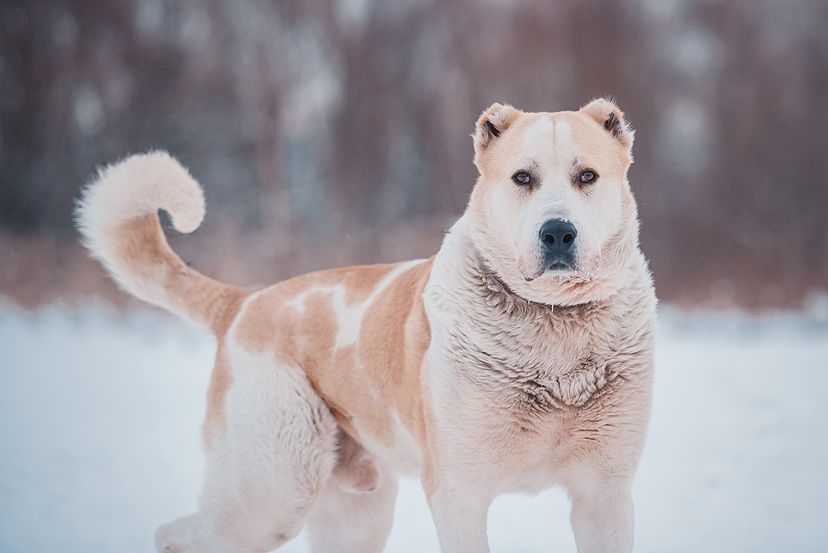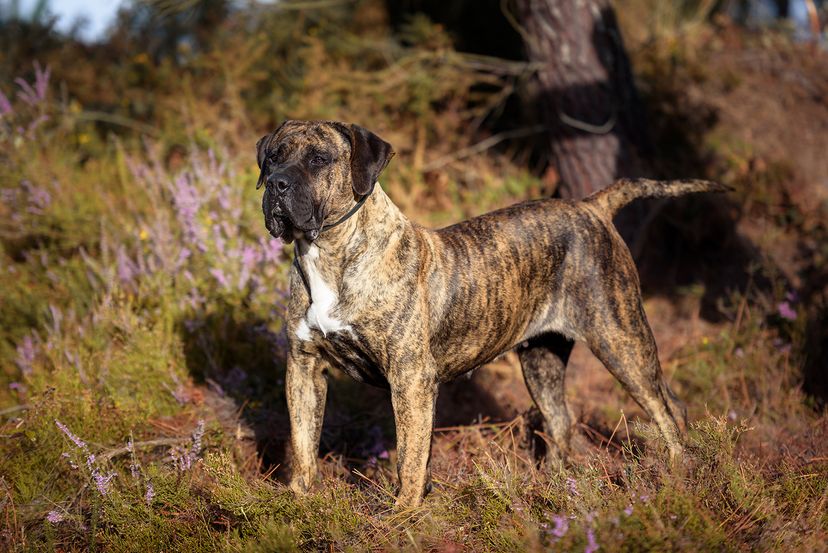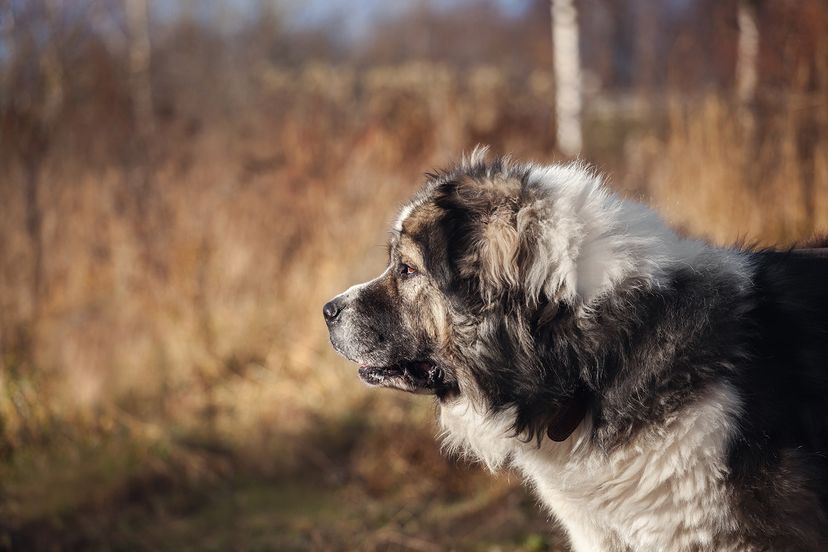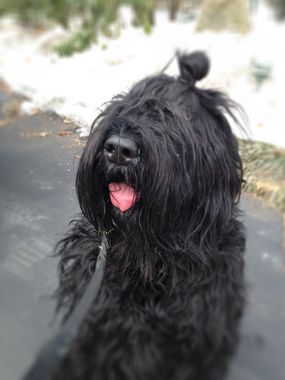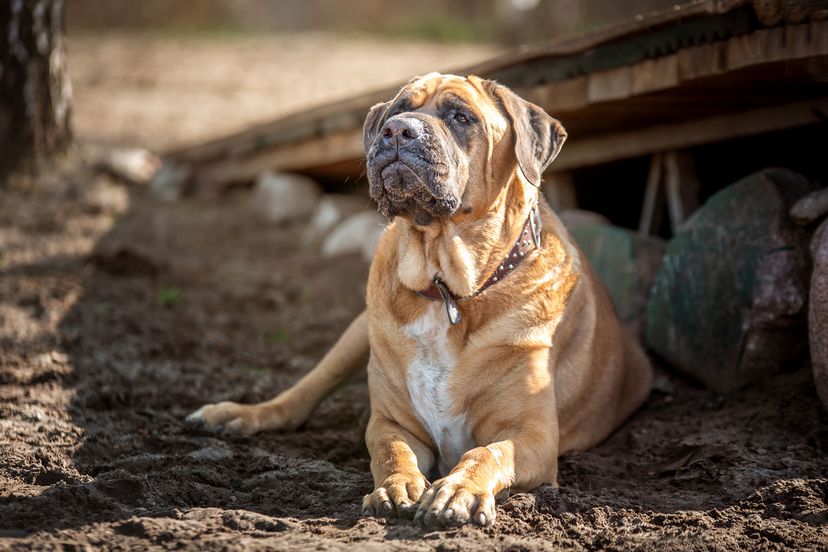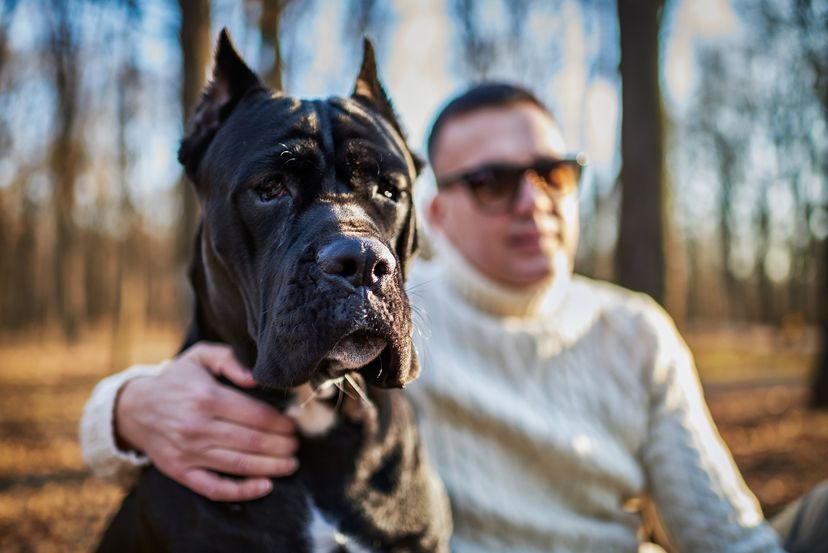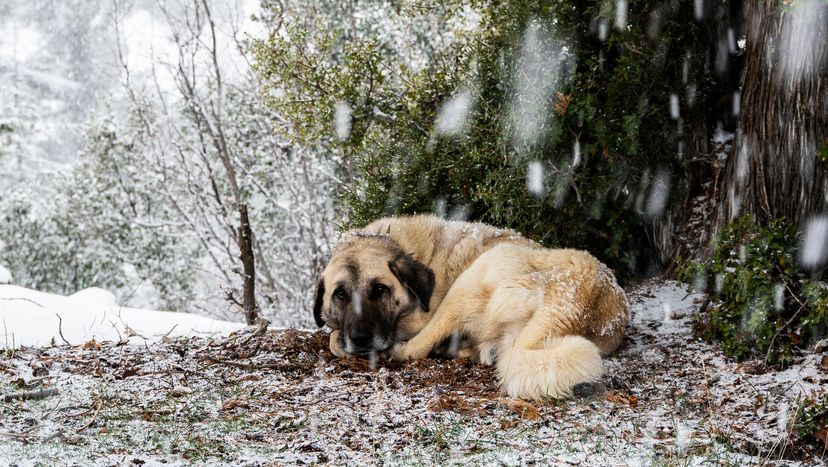Like all other animals that bite, a dog's bite force is determined primarily by its size. So a large dog like a Labrador Retriever will have a greater bite strength than a little Chihuahua, no matter how angry the Chihuahua is.
A 2020 study published in the Journal of Experimental Biology examined the relationship between bite force and jaw shape in domestic dogs and found that, while size is still the biggest predictor of bite force, morphology plays a role, too.
Large brachycephalic dogs — those with shortened snouts, like the Rottweilers, pit bulls and bulldogs — tend to have a biting advantage over the longer-snouted and smaller breeds. The study's authors believe the advantage could come down to the tasks the dogs were bred for:
"Most of the large brachycephalic dogs are historically dedicated to the protection of humans (such as the rottweiler), whereas small brachycephalic dogs are dedicated to companionship, and mesocephalic or dolichocephalic dogs are dedicated to herding or hunting. For skills such as protection or attacking, breeders try to improve biting or gripping ability. Thus, it is not surprising to observe relatively higher bite forces in large brachycephalic dogs that were bred for defence/attack rather than dogs bred for herding or hunting."
The authors also point out that bite force varies significantly among individuals of the same dog breed. Of the 10 Beagle specimens studied, bite force ranged from 559 to 1018 Newtons on the same tooth.

